How pattern shapes our perception of rhythm and meter
This past Sunday morning I came across a fascinating interactive article by Elisa Gabbert on The New York Times app that studied both a poem by W.H. Auden and the 16th-century painting by Pieter Breughel the Elder that inspired Auden’s work. The painting, called “Landscape with The Fall of Icarus,” is seemingly about everything except the fall of Icarus, as the eye is drawn to events and people surrounding the disaster but not the disaster itself. Poor Icarus is upside-down, drowning in the sea, way over in the corner while everyone else goes on about their daily lives. It’s an interesting parallel to the current world situation. Gabbert’s study of the Auden poem, “Musée des Beaux Arts,” points out the similarly obscured details of structure, rhyme scheme, and depth of meaning found within the text—gems hiding in plain sight. It’s a worthwhile read and I hope you’ll have a look.

As a musician, though, I was drawn to the meter and the rhythm of the poem and, imagining the writer’s voice in my head, what the contour of the melody might be. Gabbert’s interactive features help to illustrate techniques that Auden employs to give his poem more interest beyond just print on the page. I now know to look for displaced rhymes, lines that have an alternative flow (more on that in a moment), and not just which words a writer uses but how they use them (e.g., the very inverted opening clause of the poem).
Composers have been using these hidden techniques for centuries, too. Consider the isorhythmic motets of the Middle Ages, where the melody is found in the harmony (but you can see it only if you’re zoomed way out). Tone painting, like the flutter-tonguing, muted brass standing in for a flock of sheep in Strauss’ Don Quixote. Serial music of the Second Viennese School. Haydn’s use of the fortissimo contrabassoon for a lion’s roar in The Creation.
I learned a word in this article: enjambment. It’s the running-over of a sentence into a separate line.
About suffering they were never wrong,
The Old Masters: how well they understood
Its human position: how it takes place
While someone else is eating or opening a window or just walking dully along;
How, when the aged are reverently, passionately waiting
For the miraculous birth, there always must be
Children who did not specially want it to happen, skating
On a pond at the edge of the wood:
They never forgot
That even the dreadful martyrdom must run its course
Anyhow in a corner, some untidy spot
Where the dogs go on with their doggy life and the torturer’s horse
Scratches its innocent behind on a tree.
Enjambment. I hear it as French, like a ballet term. “The prince dropped the flower princess during the ronde d’enjambment in Act II, and she never forgave him.” It’s a particularly interesting technique to me because I’m not quite sure how the rhythm is supposed to go—again, like the Middle Ages, with non-mensural notation. It seems to be left to the reader to decide. Do you pause with the line-break, or do you pause with the end of the thought? We’re wired to expect symmetry. We’re wired to expect the expected. The topic reminds me of Stravinsky, who completely rewrote The Rite in 4/4 as a joke, but it’s absolutely unplayable. We need the rhythmic delineation of the mixed meters. A four bar phrase of 2/8 | 2/16 | 3/16 | 3/8 in The Rite just makes so much more sense than the same rhythm written in 4/4 time, given all the math associated with ties and dots.
I asked a friend who really knows about the literary stuff and she pointed me to further examples by the poet William Carlos Williams and to an audio recording of Yeats reading one of his own works. In the Yeats recording (which I also had to read visually), despite his line-break pauses, I personally can hear a phrasing of metric pulse that crosses the enjambments (albeit in hip, seven-bar phrases that are also helped by his pitch contour).
I looked up a couple of other poems by Williams. “Between Walls” caught my eye:
the back wings
of thehospital where
nothingwill grow lie
cindersin which shine
the brokenpieces of a green
bottle
One coherent idea, disjunct as it is, like shards. Broken glass.
Enjambment, meter, and rhythm. Things to consider the next time you read poetry, sing lieder, play transcriptions of lieder, or listen to your favorite post-Romantic works. I’ll leave you with my try:
Between Walls would make no sense
Save for the frame of reference
That Williams was a doctor
Dr. Williams the poetThere is no money in writing poetry
So to pay the bills he wrote
Prescriptions by day and
Broken lines by nightLike Admiral Korsakov, or Borodin,
Ives the insurance salesman
and his “marching bands”
In two different keysThere is no money in the orchestra
So to pay the bills I design
But it seems there’s no
Money there also.
Maybe I’ll keep my day job. My night job, too.
